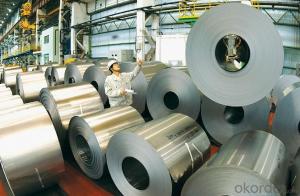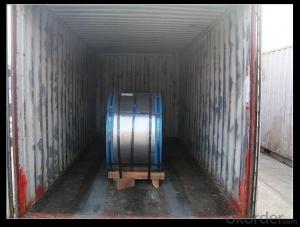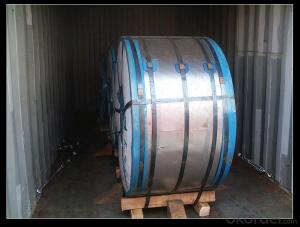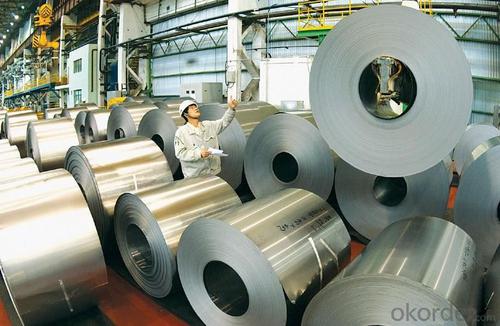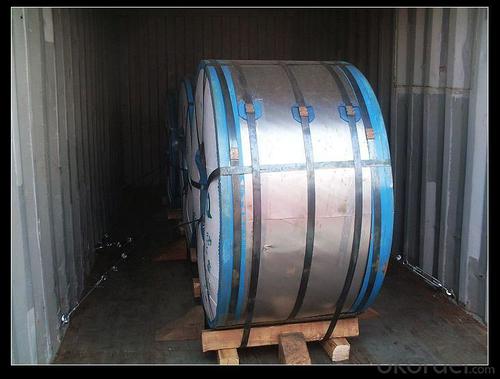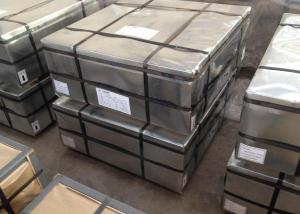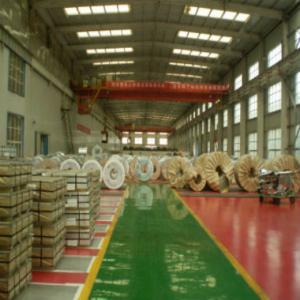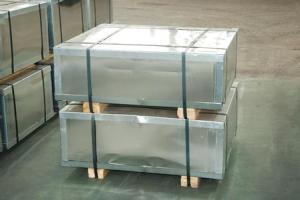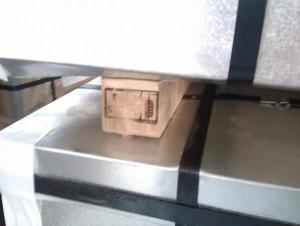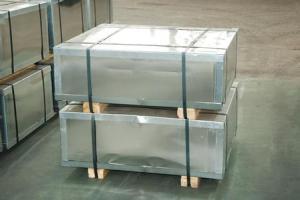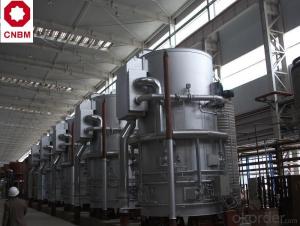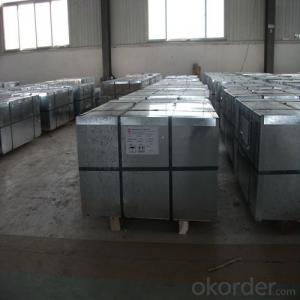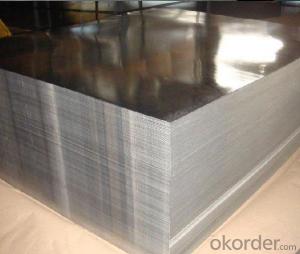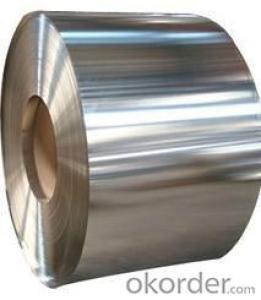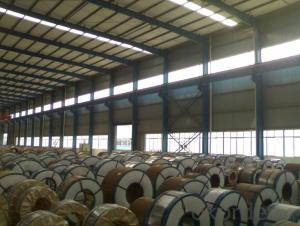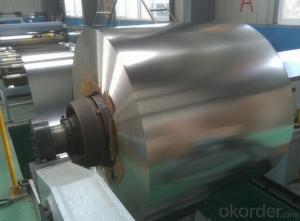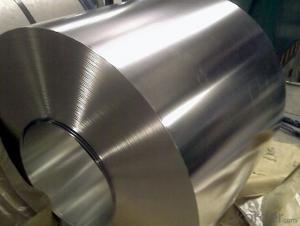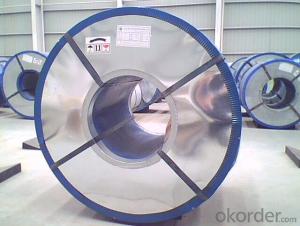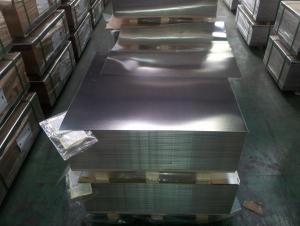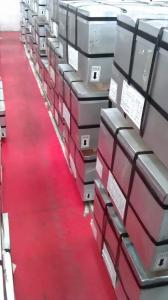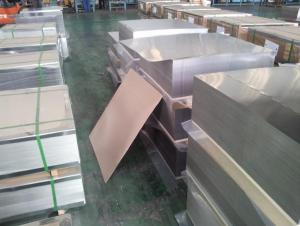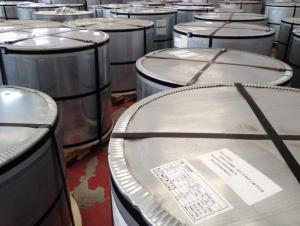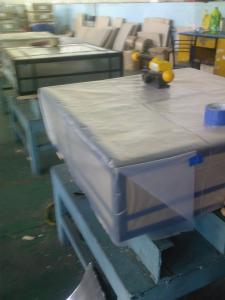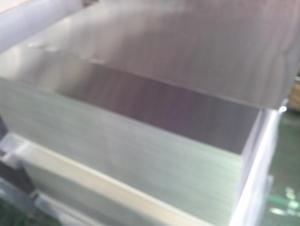Electrolytic Tinplate in Coils for Food Cans Packing
- Loading Port:
- Tianjin
- Payment Terms:
- TT OR LC
- Min Order Qty:
- 25 m.t
- Supply Capability:
- 7000 m.t/month
OKorder Service Pledge
OKorder Financial Service
You Might Also Like
1.Structure of Electrolytic Tinplate in Coils for Food Cans Packing Description
Electrolytic Tin Plate Coils and Sheets for Foods Metal Packaging, is one thin steel sheet with a coating of tin applied by electrolytic deposition. Tinplate made by this process is essentially a sandwich in which the central core is strip steel. This core is cleaned in a pickling solution and then fed through tanks containing electrolyte, where tin is deposited on both sides. As the strip passes between high-frequency electric induction coils, it is heated so that the tin coating melts and flows to form a lustrous coat.
2.Main Features of the Electrolytic Tinplate in Coils for Food Cans Packing
Appearance – Electrolytic Tin Plate is characterized by its beautiful metallic luster. Products with various kinds of surface roughness are produced by selecting the surface finish of the substrate steel sheet.
Paintability and printability – Electrolytic Tin Plates have excellent paintability and printability. Printing is beautifully finished using various lacquers and inks.
Formability and strength – Electrolytic Tin Plates have got very good formability and strength. By selecting a proper temper grade, appropriate formability is obtained for different applications as well as the required strength after forming.
Corrosion resistance – Tinplate has got good corrosion resistance. By selecting a proper coating weight, appropriate corrosion resistance is obtained against container contents. Coated items should meet 24 hour 5 % salt spray requirement.
Solderability and weldability – Electrolytic Tin Plates can be joined both by soldering or welding. These properties of tinplate are used for making various types of cans.
Hygienic – Tin coating provides good and non toxic barrier properties to protect food products from impurities, bacteria, moisture, light and odours.
Safe – Tinplate being low weight and high strength makes food cans easy to ship and transport.
Eco friendly – Tinplate offers 100 % recyclability.
Tin is not good for low temperature applications since it changes structure and loses adhesion when exposed to temperatures below – 40 deg C.
3.Electrolytic Tinplate in Coils for Food Cans Packing Images
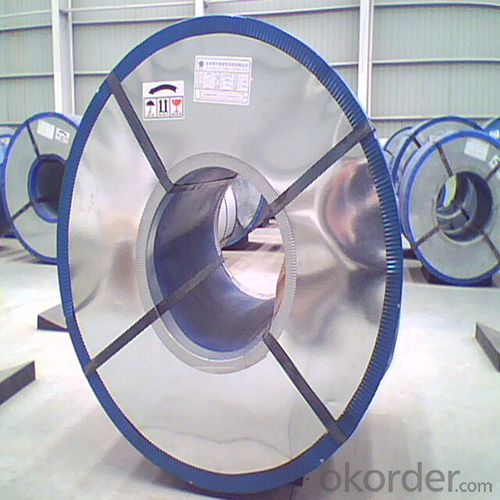
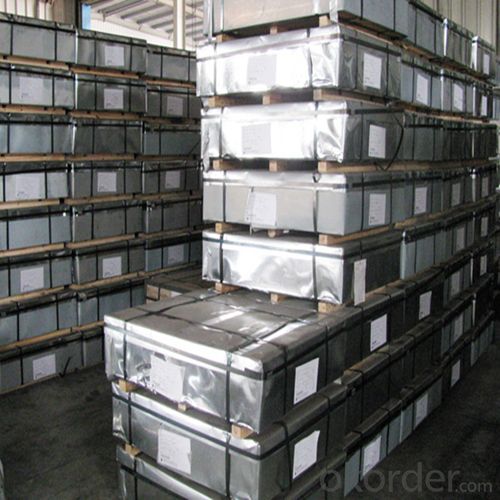
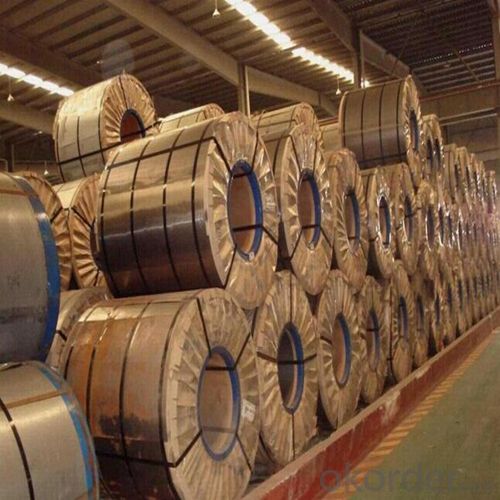
4.Electrolytic Tinplate in Coils for Food Cans Packing Specification
Standard | ISO 11949 -1995, GB/T2520-2000,JIS G3303,ASTM A623, BS EN 10202
|
Material | MR,SPCC |
Thickness | 0.15mm - 0.50mm |
Width | 600mm -1150mm |
Temper | T1-T5 |
Annealing | BA & CA |
Coil Inner Diameter | 508mm |
Weight | 6-10 tons/coil 1~1.7 tons/sheets bundle |
Passivation | 311 |
Oil | DOS |
Surface | Finish,bright,stone,matte,silver |
5.FAQ of Electrolytic Tinplate in Coils for Food Cans Packing
-How to place .an order or contact you ?
Please send us Email. we will give you a quick response in seconds .
- How is your quality ?
All our quality is prime even the secondary quality . We have many years experience
In this field with serious quality control standard . Advanced equipment, We welcome your visit to our factory .
- Q: What are the common opening mechanisms for tinplate containers?
- The common opening mechanisms for tinplate containers include pull tabs, peelable lids, twist-off caps, and lever lids.
- Q: What is tin plate?
- Tinplate is classified according to thickness and tinning. Generally speaking, in order to save costs, the current industrial production will reduce the iron thickness and tin content while guaranteeing the reliable strength of the package. One is to use less or even no tin tin (chrome iron), by 50s the development of hot dip tin plating tin to the present, China has not see the hot dip in the use of tinplate cans.
- Q: Can tinplate be used for promotional and gift items?
- Yes, tinplate can be used for promotional and gift items. It is a versatile material that can be easily customized and printed on, making it ideal for creating unique and eye-catching promotional merchandise or personalized gifts. Tinplate items such as tin boxes, tin cans, or tin signs can be branded with logos, messages, or designs, making them an excellent choice for promotional and gift purposes.
- Q: Both tinplate and stainless steel have corrosion protection
- Stainless steel is added in the iron, Cr, Ni and other corrosion-resistant materials, is fundamentally changed the anti-corrosion properties of materials.
- Q: Are there any specific regulations for tinplate in different countries?
- Yes, there are specific regulations for tinplate in different countries. These regulations vary from country to country and may include standards for the composition, quality, labeling, and safety of tinplate products. These regulations are in place to ensure consumer protection and product quality control.
- Q: What are the main export markets for tinplate?
- The main export markets for tinplate include countries such as China, Japan, the United States, Germany, and South Korea.
- Q: What are the advantages of using tinplate for stationery and office supplies?
- One of the advantages of using tinplate for stationery and office supplies is its durability. Tinplate is known for its resistance to corrosion, making it long-lasting and suitable for items that are frequently used or handled. Additionally, tinplate provides a smooth and glossy surface, enhancing the aesthetic appeal of stationery and office supplies. Its malleability allows for intricate designs, making it suitable for customizations and branding. Lastly, tinplate is a sustainable option as it is recyclable, contributing to eco-friendly practices in the stationery and office supply industry.
- Q: How does tinplate perform in terms of aroma and flavor preservation?
- Tinplate is highly effective in preserving aroma and flavor due to its excellent barrier properties. It forms a protective layer that prevents oxygen, light, and moisture from entering the packaging, thereby preserving the quality and freshness of the product inside.
- Q: What are the main challenges in the tinplate industry?
- The main challenges in the tinplate industry include fluctuating raw material prices, increasing competition from alternative packaging materials, environmental concerns related to tin coating and waste management, and the need for continuous technological advancements to meet evolving customer demands. Additionally, market volatility, trade barriers, and regulatory compliance are also key challenges faced by the tinplate industry.
- Q: What are the different ways tinplate packaging can be decorated?
- There are several different ways tinplate packaging can be decorated, including lithography, embossing, printing, and labeling. Lithography involves applying a design or image onto the tinplate using a printing process. Embossing creates raised or recessed designs on the surface of the tinplate, adding texture and dimension. Printing can be done using various techniques such as screen printing, flexography, or digital printing to apply graphics, logos, or text onto the tinplate. Lastly, labeling involves attaching pre-printed labels onto the tinplate packaging, allowing for custom branding or labeling options.
Send your message to us
Electrolytic Tinplate in Coils for Food Cans Packing
- Loading Port:
- Tianjin
- Payment Terms:
- TT OR LC
- Min Order Qty:
- 25 m.t
- Supply Capability:
- 7000 m.t/month
OKorder Service Pledge
OKorder Financial Service
Similar products
Hot products
Hot Searches
Related keywords
